<---
BACK TO HOMEPAGE
MNEMOSYN TECHNICAL REPORT
TEST PROTOCOL
TEMPORAL SIMULATION DEVICE (TSD)
Internal Reference: MNM-0325-TSD
Date: March 12, 1997
Location: Test Facility, Montreal
Personnel in charge: Michael Jeanerette PhD, biomedical engineering team, and simulation operators.
SUMMARY
This report details the preliminary results from the testing phase of the Temporal Simulation Device (TSD), developed by Mnemosyn for the exploration and recreation of past events using neural biointerface.
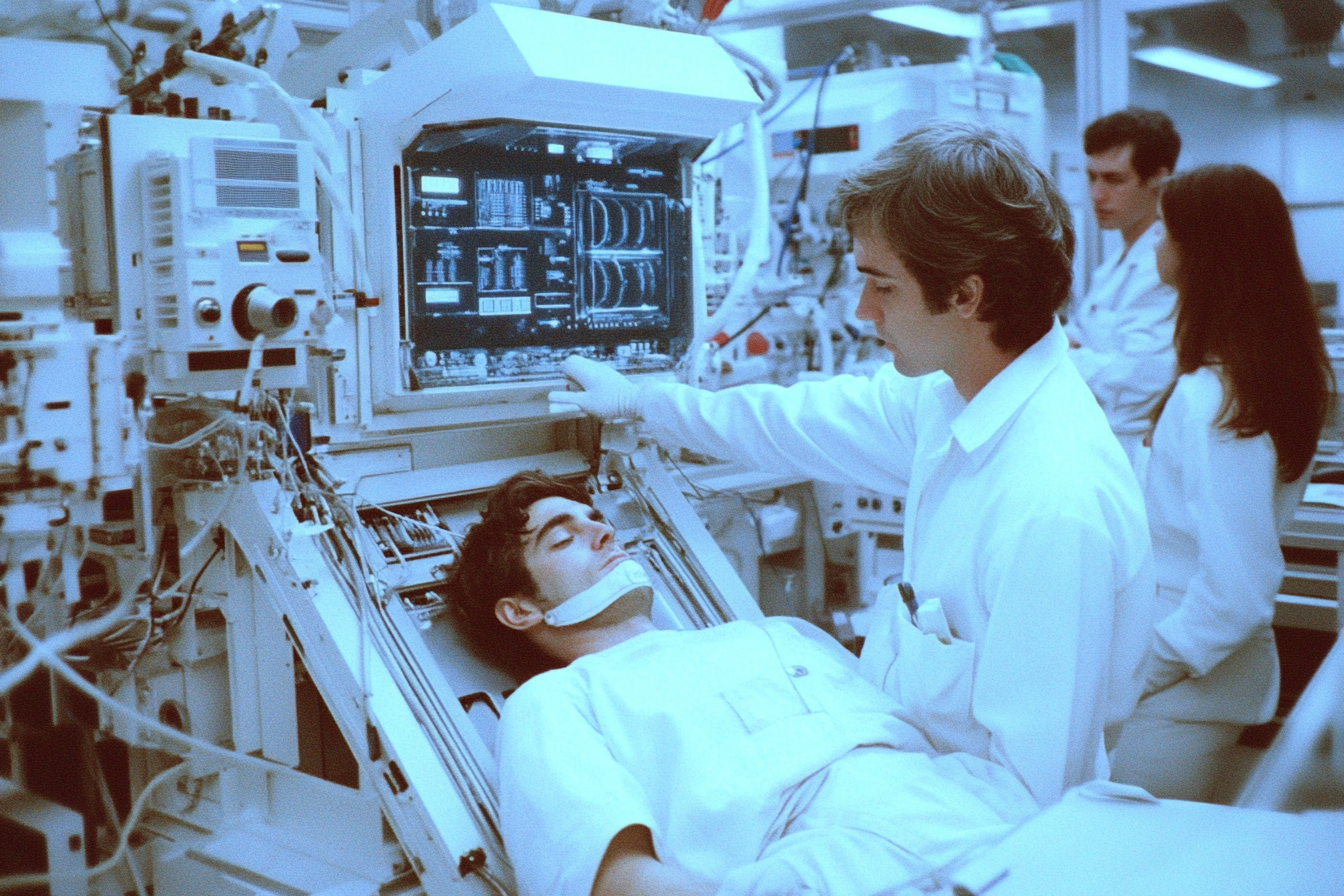
The TSD has been tested on voluntary test subjects to assess the stability of the cognitive interface, memory integration, and temporal coherence of the recreated events.
DEVICE DESCRIPTION
The TSD is a neuro-assisted immersion system that combines quantum magnetic resonance technology with a high-density neural processing matrix. Its structure consists of the following key modules:
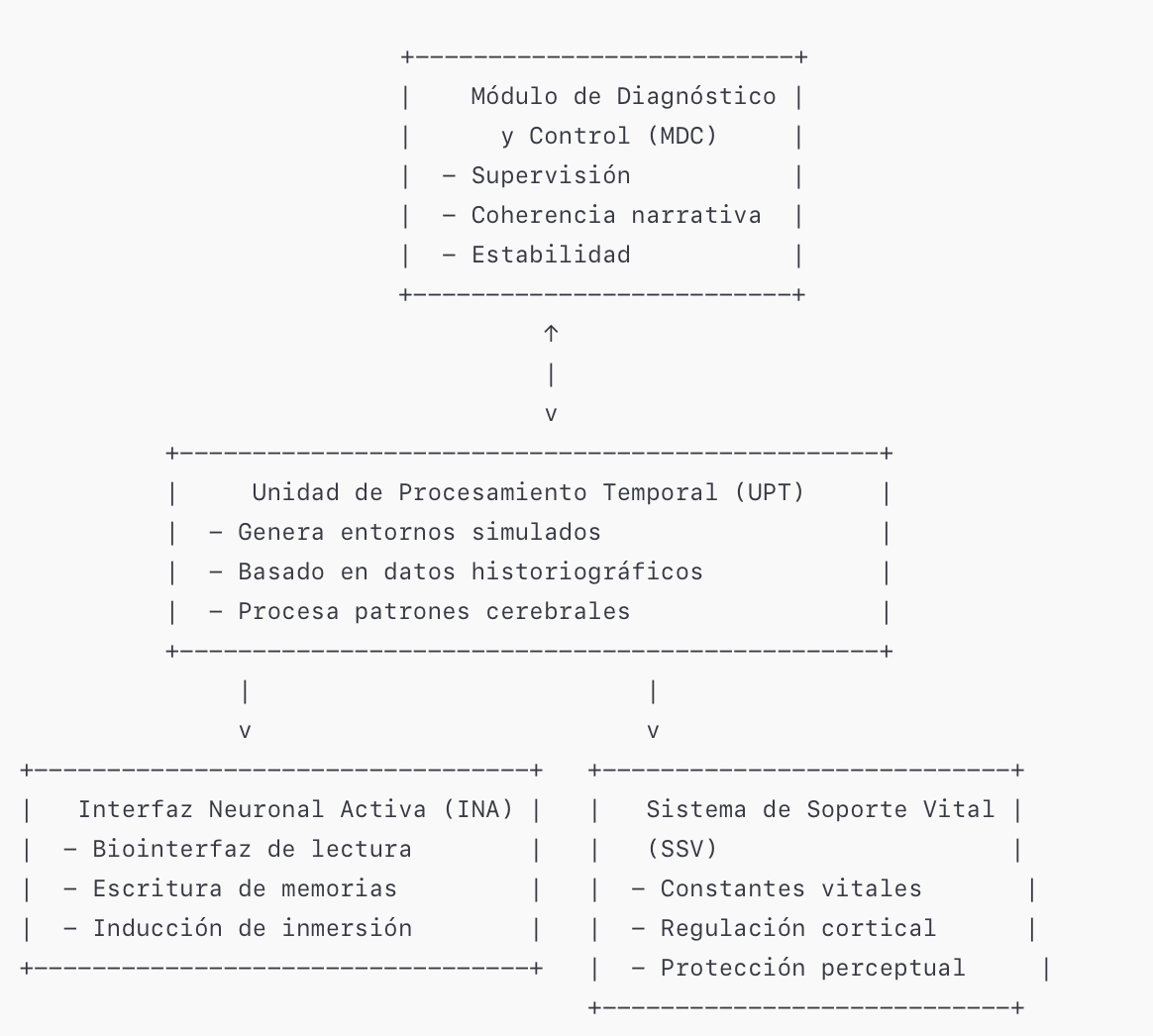
Temporal Processing Unit (TPU): responsible for generating simulated environments from historiographical data and the subject's brain patterns.
Active Neural Interface (ANI): a biointerface for reading and writing memories, enabling the induction of cognitive immersion states.
Life Support System (LSS): manages vital constants, regulates cortical stimulation, and protects against perceptual dissonances.
Diagnostic and Control Module (DCM): supervises the narrative coherence and psychophysiological stability of the subject.
TEST PHASE
INITIAL OBSERVATIONS
Test Subject #07: Exposure to a 72-hour prior simulation, environment recreated with 86% fidelity according to comparative parameters. Subject reports perception of realism and historical coherence. However, after 14 minutes of immersion, the subject experiences temporal dissonance, with leaks of anachronistic elements.
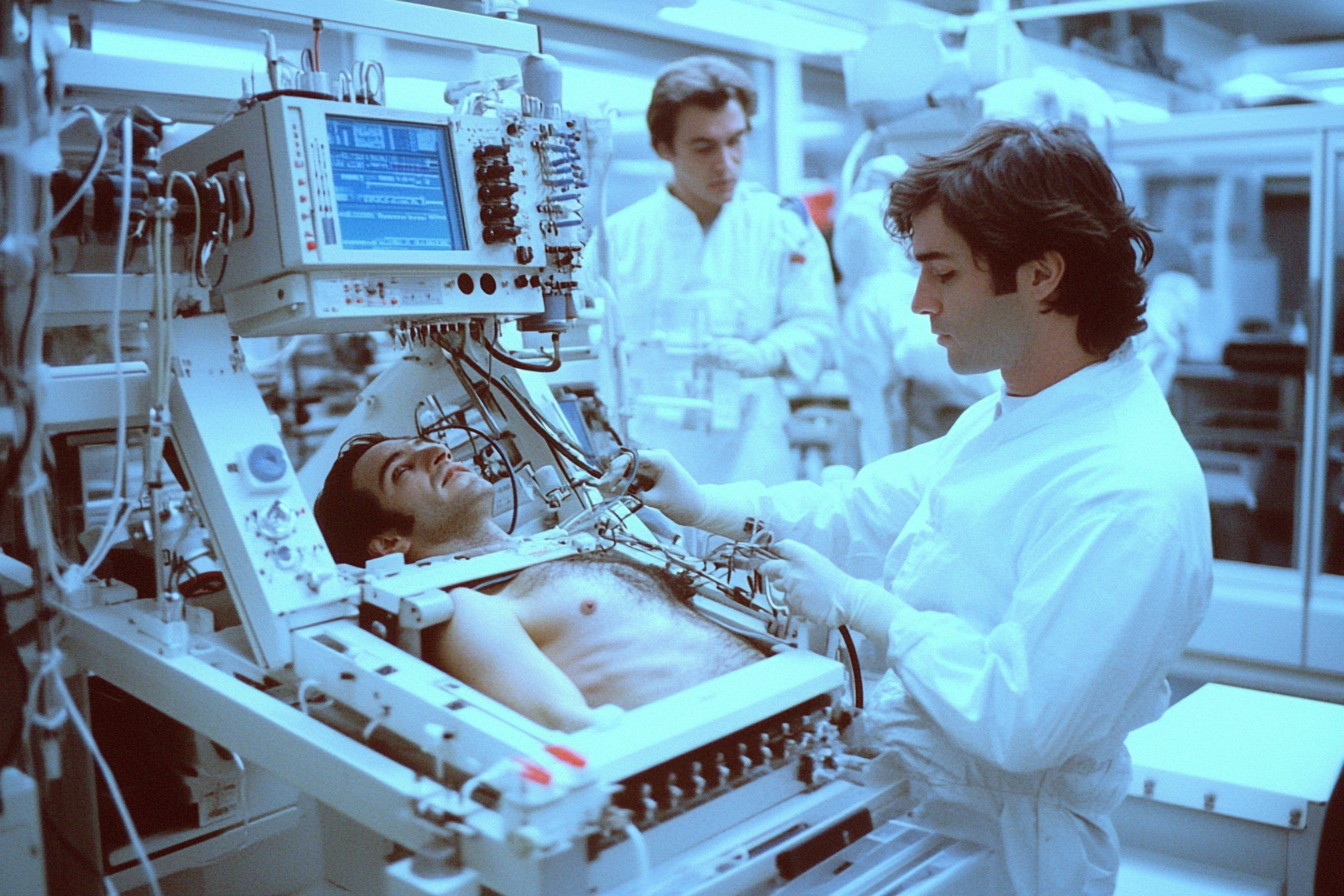
Test Subject #09: Exposure to contemporary-era simulation, stable for up to 22 minutes. Subsequently, the ANI begins to desynchronize with the subject's biographical memory, resulting in episodes of confusion and moderate anxiety.
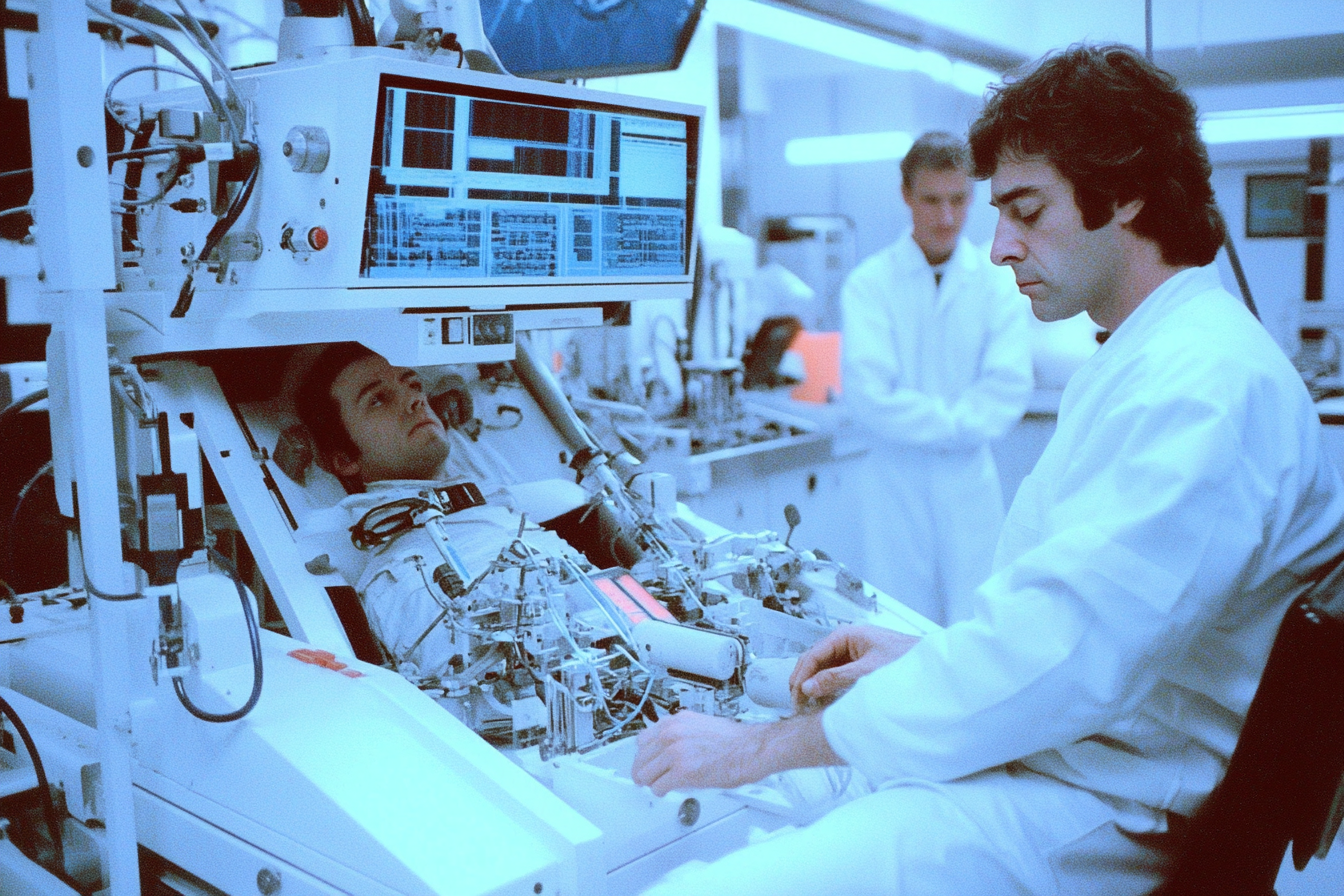
Test Subject #12: Inability to dissociate simulated memories from real ones after disconnection. Estimated recovery time: 6 hours. Adjustment in ANI stimulus-response levels is recommended to prevent loss of identity reference.
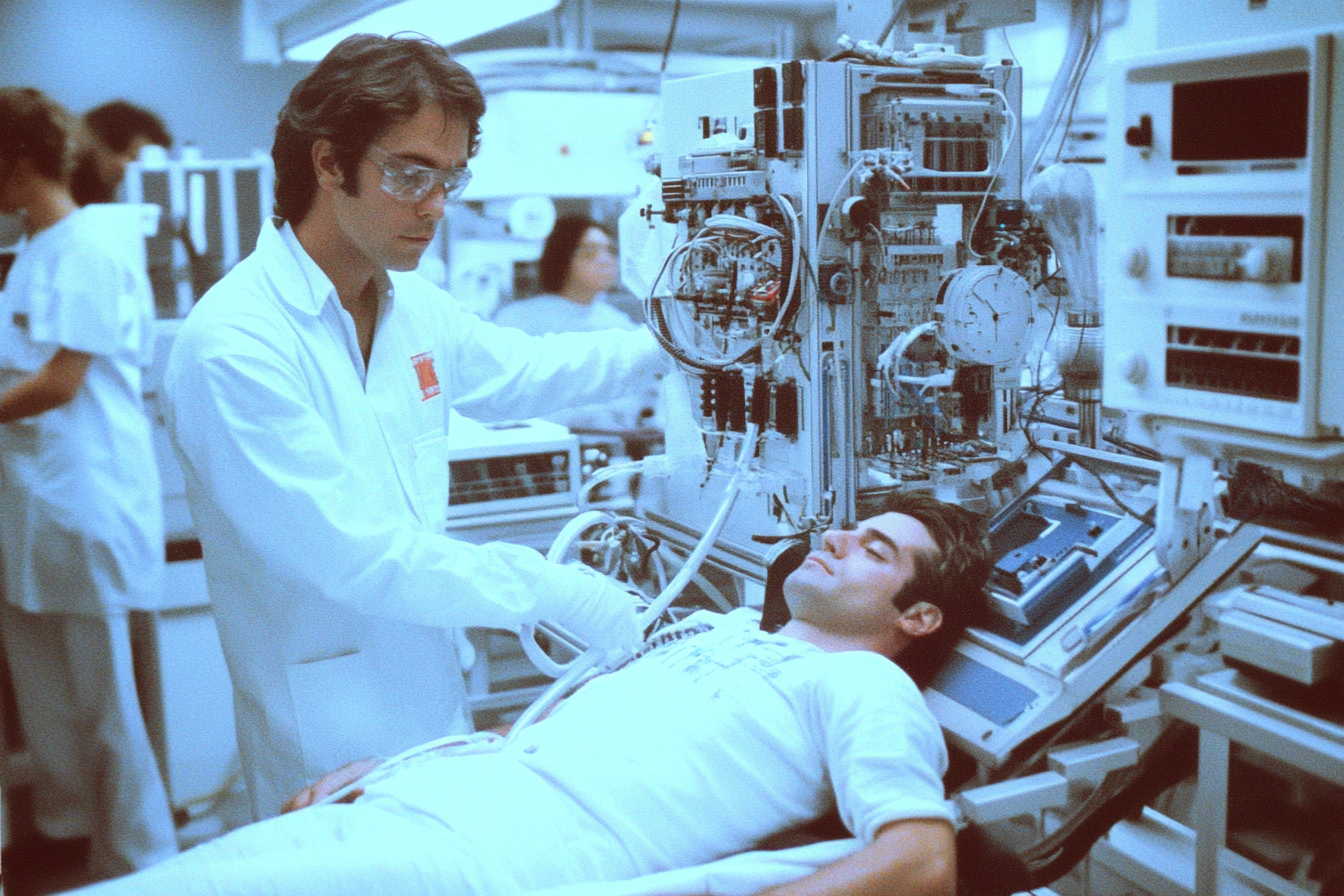
IDENTIFIED RISKS AND RECOMMENDATIONS
Anachronistic leaks: Adjust the predictive filters of the TPU to correct the interpolation of external elements outside the established timeline.
Bio-memorial desynchronization: Refine the adjustment algorithm between biographical memory and generated patterns.
Anchor loss risk: Implement a progressive exit protocol for subjects with a high emotional load in the simulation.
CONCLUSIONS AND NEXT STEPS
The tests have demonstrated the TSD's ability to generate high-fidelity temporal environments, although stability and integration issues persist. It is recommended to continue with controlled tests, reducing session durations and strengthening control mechanisms to prevent adverse psychological impacts on the subjects.
The technical team will proceed with the calibration of systems in the next testing phase before validating its application in advanced historical prospecting studies.
Approved by:
Richard Bélanger PhD
Director of Experimental Development
MORE INFO
 The TSD has been tested on voluntary test subjects to assess the stability of the cognitive interface, memory integration, and temporal coherence of the recreated events.
DEVICE DESCRIPTION
The TSD is a neuro-assisted immersion system that combines quantum magnetic resonance technology with a high-density neural processing matrix. Its structure consists of the following key modules:
The TSD has been tested on voluntary test subjects to assess the stability of the cognitive interface, memory integration, and temporal coherence of the recreated events.
DEVICE DESCRIPTION
The TSD is a neuro-assisted immersion system that combines quantum magnetic resonance technology with a high-density neural processing matrix. Its structure consists of the following key modules:
 Temporal Processing Unit (TPU): responsible for generating simulated environments from historiographical data and the subject's brain patterns.
Active Neural Interface (ANI): a biointerface for reading and writing memories, enabling the induction of cognitive immersion states.
Life Support System (LSS): manages vital constants, regulates cortical stimulation, and protects against perceptual dissonances.
Diagnostic and Control Module (DCM): supervises the narrative coherence and psychophysiological stability of the subject.
TEST PHASE
INITIAL OBSERVATIONS
Test Subject #07: Exposure to a 72-hour prior simulation, environment recreated with 86% fidelity according to comparative parameters. Subject reports perception of realism and historical coherence. However, after 14 minutes of immersion, the subject experiences temporal dissonance, with leaks of anachronistic elements.
Temporal Processing Unit (TPU): responsible for generating simulated environments from historiographical data and the subject's brain patterns.
Active Neural Interface (ANI): a biointerface for reading and writing memories, enabling the induction of cognitive immersion states.
Life Support System (LSS): manages vital constants, regulates cortical stimulation, and protects against perceptual dissonances.
Diagnostic and Control Module (DCM): supervises the narrative coherence and psychophysiological stability of the subject.
TEST PHASE
INITIAL OBSERVATIONS
Test Subject #07: Exposure to a 72-hour prior simulation, environment recreated with 86% fidelity according to comparative parameters. Subject reports perception of realism and historical coherence. However, after 14 minutes of immersion, the subject experiences temporal dissonance, with leaks of anachronistic elements.
 Test Subject #09: Exposure to contemporary-era simulation, stable for up to 22 minutes. Subsequently, the ANI begins to desynchronize with the subject's biographical memory, resulting in episodes of confusion and moderate anxiety.
Test Subject #09: Exposure to contemporary-era simulation, stable for up to 22 minutes. Subsequently, the ANI begins to desynchronize with the subject's biographical memory, resulting in episodes of confusion and moderate anxiety.
 Test Subject #12: Inability to dissociate simulated memories from real ones after disconnection. Estimated recovery time: 6 hours. Adjustment in ANI stimulus-response levels is recommended to prevent loss of identity reference.
Test Subject #12: Inability to dissociate simulated memories from real ones after disconnection. Estimated recovery time: 6 hours. Adjustment in ANI stimulus-response levels is recommended to prevent loss of identity reference.
 IDENTIFIED RISKS AND RECOMMENDATIONS
Anachronistic leaks: Adjust the predictive filters of the TPU to correct the interpolation of external elements outside the established timeline.
Bio-memorial desynchronization: Refine the adjustment algorithm between biographical memory and generated patterns.
Anchor loss risk: Implement a progressive exit protocol for subjects with a high emotional load in the simulation.
CONCLUSIONS AND NEXT STEPS
The tests have demonstrated the TSD's ability to generate high-fidelity temporal environments, although stability and integration issues persist. It is recommended to continue with controlled tests, reducing session durations and strengthening control mechanisms to prevent adverse psychological impacts on the subjects.
The technical team will proceed with the calibration of systems in the next testing phase before validating its application in advanced historical prospecting studies.
Approved by:
Richard Bélanger PhD
Director of Experimental Development
MORE INFO
IDENTIFIED RISKS AND RECOMMENDATIONS
Anachronistic leaks: Adjust the predictive filters of the TPU to correct the interpolation of external elements outside the established timeline.
Bio-memorial desynchronization: Refine the adjustment algorithm between biographical memory and generated patterns.
Anchor loss risk: Implement a progressive exit protocol for subjects with a high emotional load in the simulation.
CONCLUSIONS AND NEXT STEPS
The tests have demonstrated the TSD's ability to generate high-fidelity temporal environments, although stability and integration issues persist. It is recommended to continue with controlled tests, reducing session durations and strengthening control mechanisms to prevent adverse psychological impacts on the subjects.
The technical team will proceed with the calibration of systems in the next testing phase before validating its application in advanced historical prospecting studies.
Approved by:
Richard Bélanger PhD
Director of Experimental Development
MORE INFO